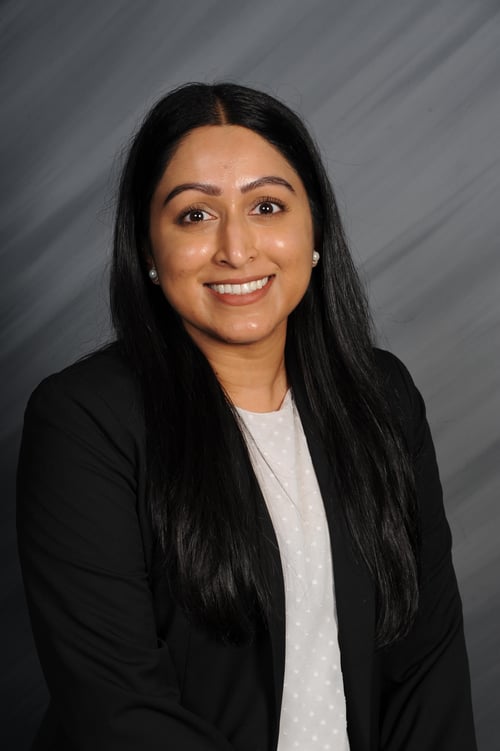
If you could only keep one of your five senses (sight, smell, taste, touch, or hearing), which would it be? Most of us would say sight. Seeing a baby’s smile, Conroe’s lush green trees, the words in this newspaper, or the faces of loved ones are treasures we would fight desperately for if our vision were threatened.
Waiting for a problem to start before having your eyes checked is risky and could lead to long-term problems.
If you have any of the following, you should have your eyes checked soon:
- Sudden eye pain or vision loss
- Slowly losing peripheral vision
- Trauma or chemicals to the eye
- Blurry vision
- Double vision
- Difficulty driving at night
- One eye turned in or out
- Headaches with reading or distance vision
Blurry vision caused by refractive error is the most common eye problem. The curve of the outer surface of the eye (the cornea) may focus light too close or far away from the back of the eye (the retina), making people near or farsighted. You may notice yourself squinting or getting headaches when trying to read small street signs, sitting in the back of a classroom, or reading small print. This can usually be corrected with glasses, contacts, or laser surgery (LASIK).
Often, blurry vision is due to an entirely different problem that glasses cannot fix. Cataracts develop deeper in the eye and make the usually transparent lens cloudy. This is quite common in older adults and the most common reason to have eye surgery, which usually resolves the issue. One common symptom of cataracts is seeing rings or halos around bright lights, especially with headlights at night. There are no effective ways to prevent age-related cataracts, but there are several more serious eye diseases that you can prevent.
Diabetes causes high blood sugar, and high blood sugar damages blood vessels, especially the small ones in the kidneys, feet, and eyes. Sugars in the blood are like little toothpicks that stick to blood vessels and red blood cells.
This leads to less blood flow to the retina on the back of the eye, starving the cells and slowly blinding the eyes. This usually starts on the sides of the visual fields (peripheral vision) and gets closer and closer to the center. Yearly checkups with an ophthalmologist and keeping blood sugar levels normal are the best ways to prevent it. Blood sugars too high or too low are both dangerous.
High blood pressure is like a sledgehammer to your delicate eyes. The constant pounding damages the blood vessels and eventually can cause permanent vision loss. If you have high blood pressure and are noticing any vision problems, see your eye doctor.
Macular degeneration is another common cause of eye problems, especially with aging and a family history of the disease. If a close family member (parents, siblings) has had macular degeneration, regular screening can catch it early and prevent it from getting worse.
Glaucoma is having elevated pressure of the liquid in the front of the eye. It often worsens for years before any vision changes happen, but once they happen, the vision loss is permanent. Your optometrist or ophthalmologist will check the pressure of your eyes to screen for this disease.
Do not wait to tell your doctor about eye problems until it is too late. Schedule your yearly eye check today.
 Dr. Seymour is a resident physician who sees patients of all ages and provides obstetrical services at Lone Star Family Health Center, a non-profit 501©3 Federally Qualified Health Center operating facilities in Conroe, Spring, Willis, Grangerland, and Huntsville, and serving as home to a fully integrated Family Medicine Residency Program to increase the number of Family Medicine physicians for Texas and our community.
Dr. Seymour is a resident physician who sees patients of all ages and provides obstetrical services at Lone Star Family Health Center, a non-profit 501©3 Federally Qualified Health Center operating facilities in Conroe, Spring, Willis, Grangerland, and Huntsville, and serving as home to a fully integrated Family Medicine Residency Program to increase the number of Family Medicine physicians for Texas and our community.



.jpg?width=500&name=Herd%232%20(1).jpg)